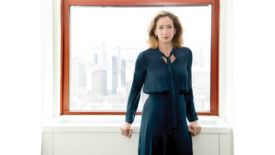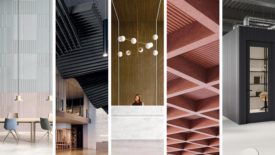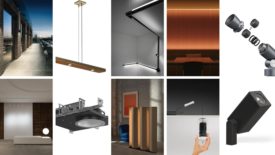Home » Publications » Architectural Record
Our Publications
Please select a publication below.
Architectural Record

2024 October
Building Type Study
Back to TopK-12 Schools 2024
Bohlin Cywinski Jackson's Mass-Timber Addition to a Texas School Offers a Lesson in Sustainable Design
Addison, Texas
Read More
K-12 Schools 2024
In Nashville, a Public High School by Hastings Embraces Nature and the Spirit of its Namesake Activist
Nashville
Read More
K-12 Schools 2024
CookFox Designs a Vertical Campus for Manhattan's Marymount School
New York
Read More
K-12 Schools 2024
BDR Bureau Rebuilds a Preschool for an Earthquake-Devastated Village in Central Italy
Macerata, Italy
Read More
Architectural Technology
Back to TopProjects & Special Sections
Back to TopDepartments
Back to TopIn Focus
Snøhetta’s Vibrant Library for a Queens Neighborhood Embraces Artistic Flair
Queens, New York
Read More
House of the Month
In Toronto, a Townhouse and ADU by JA Architecture Studio Recast the Victorian Vernacular
Toronto
Read More
Books
In ‘Flux,’ Ila Berman and Andrew Kudless Take on the Parametric Project
Review: ‘Flux: Architecture in a Parametric Landscape’ by Andrew Kudless and Ila Berman
Read More
Books
Albert Narath Unearths the Rich History of Solar Adobe Architecture
Review: ‘Solar Adobe: Energy, Ecology, and Earthen Architecture’ by Albert Narath
Read More
Books
In ‘Between the Building and the Street,’ Antonello Boschi Examines the Phenomenology of Facades
Review: ‘Between the Building and the Street’ by Antonello Boschi
Read More
Products
Back to TopCopyright ©2025. All Rights Reserved BNP Media.
Design, CMS, Hosting & Web Development :: ePublishing




















.jpg?height=168&t=1728441521&width=275)










